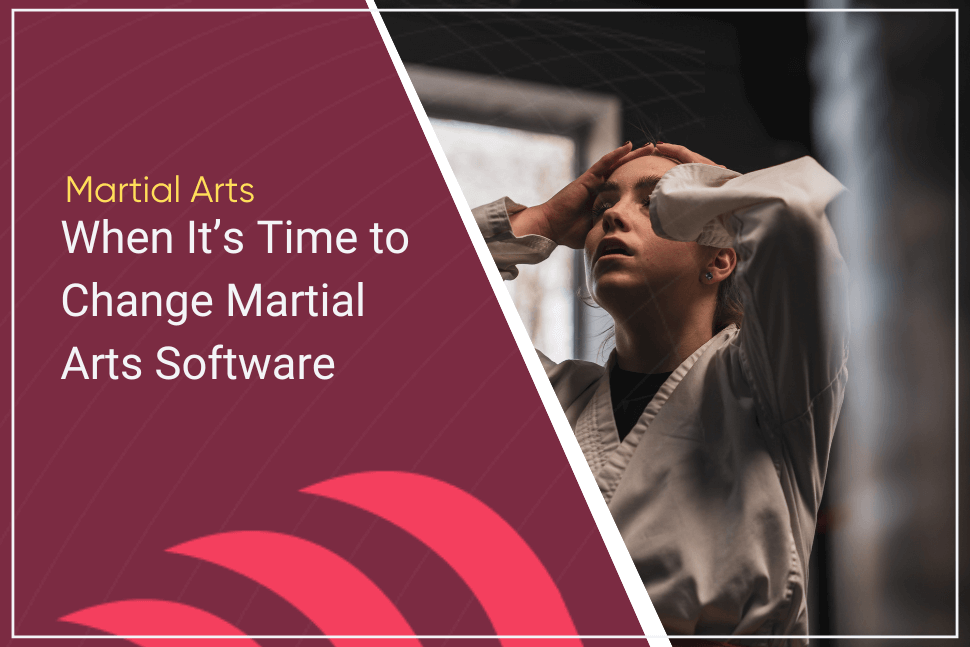I’m just a blue belt in Brazilian Jiu Jitsu, but some years ago I helped my jiu jitsu coach teach his children’s BJJ classes. At that time, I had been teaching taekwondo to children for several years and even owned my own club in another town, so I was relatively experienced as an instructor to both children and adults.
I was confident that my charisma and attentive method of relationship-building with kids would allow me to motivate virtually any personality to do his or her best in class. I’d seen it work countless times during my tenure as Chief Instructor of more than one Korean martial arts school.
It wasn’t until I met Juan that I realized that I needed more than just animation and positivity to connect with every kind of student.
One of two brothers who trained BJJ, Juan was a 12 year old with obvious jiu jitsu talent who seemed chronically unable to motivate himself for class. He and his brother would bike together from a close-by neighborhood, and as they hopped off and walked inside the dojo, he seemed to have high spirits.
But as we bowed into class, his demeanor changed. His shoulders slumped, his arms dangled, his head bowed and bobbed, he sighed and moved as if he were suddenly 90 years old.
The kids lined up to do somersaults and animal movements down the line for warmups. Each vibrated in anticipation for their turn to barrel down the mat.
But Juan waited with slouched posture, then rolled sluggishly and made pathetic attempts at imitating animal movements. This attitude persisted throughout the rest of class.
Day in and day out, Juan came in with the same lethargic routine. Slothful pommeling, slow reps, wandering attention. After a while, his behavior started to influence some of the other students, too.
No matter how much attentiveness I showed him, or how much I tried to lead by example with my own attitude, it didn’t seem to work. And now the entire quality of the class was beginning to sink with him.
I was left scratching my head. And very frustrated.
Kids often act out in martial arts class because their coaches don’t listen to them.
Coach had a strange way of talking to the children. He didn’t listen to anything they said – he seemed to speak as if on the same script, and hurried each conversation to a close.
I never liked this. I remember one little girl was excited to share some news with him after class. After some jarring back and forth, my coach had failed to hear or respond to anything she had said.
Instead, he seemed to be trying to guess what she was saying before she said it, but it didn’t make any sense, and the consternation became visible on her face. Finally, he curtailed it and shooed her away to play with the others until her parents arrived to pick her up.
As she walked back toward the other kids, her face – her whole body – seemed to deflate. I felt for her. I’d seen instructors interact with kids like this time and again.
And time and again, these instructors had trouble getting their students to listen to them properly. Kids desperately want a real connection, to share something of themselves, but they remain unheard – lost in the noise of surface level “grownup” communication.
Before class, Juan often talked at length about his favorite shows, the chief of which was the wildly popular Dragon Ball Z series. Before, I had simply smiled and nodded my head and asked a few questions…
But then I had an idea.
Human connection is more than listening to a person, it’s an interest in the person.
I often worked myself in as a drilling partner with one of the kids if I wasn’t the main instructor in that class. This particular day, I was paired with Juan for pummeling drills.
The exercise started off with him in his typical state of feigned lethargy. But then I did something a little different. I gave him a challenge.
In the Dragon Ball Z series, there’s a power that some of the characters have where they’re said to go “Super Saiyan.” Super Saiyan has several progressive levels, each imbuing upon its user massive power and energy.
“Is that all you’ve got?” I said. “If you don’t go Super Saiyan, I’ll knock you right over and you won’t be able to compete with me.”
“Oh yeah?” Juan’s eyes lit up. Quick as the snap of a finger, his whole demeanor changed. “Check this out!”
He stood upright, did the Super Saiyan pose, and then his arms exploded into action. He pummeled with new gusto, and soon found himself bumping his chest against mine, trying to displace my balance.
I returned the energy, and we had a blast for the rest of that exercise. Juan carried that energy through the rest of the class, and if he seemed to begin losing his steam, I’d remind him to go Super Saiyan again.
After that, I realized Juan didn’t simply want attention, he wanted to be heard. Perhaps more than that, he wanted to relate important things in his life to what he was doing at jiu jitsu.
Juan was rarely a problem for the class’s energy after that, and the quality of his jiu jitsu progress improved dramatically.
Conclusion
Animated gestures, a booming voice, and frequent high fives are not a replacement for true connection with your students. I had prided myself on creating quick, positive relationships with my students doing just that, but I was still missing a piece of the puzzle until an unmotivated 12 year-old boy named Juan came along.
Juan acted lethargic and disinterested in class because he lacked connection with the instructors. While jiu jitsu was fun, and he was pretty good at it, it just didn’t seem to relate to his interests and life outside of the dojo.
And if the instructors couldn’t be bothered to care about what he cared about, what was the point?
After relating his passion for Dragon Ball Z to jiu jitsu, I had not only fused both his life inside and outside the dojo together, I had shown him that I also cared about the things he cared about. I was interested in him as a person, not simply a friendly character.
And that created a real connection. Through that connection, I was able to help Juan both improve his behavior and his jiu jitsu experience. With the energy of the class back at high level again, everyone benefited.
 39 Martial Arts Statistics To Know in 2022
39 Martial Arts Statistics To Know in 2022



